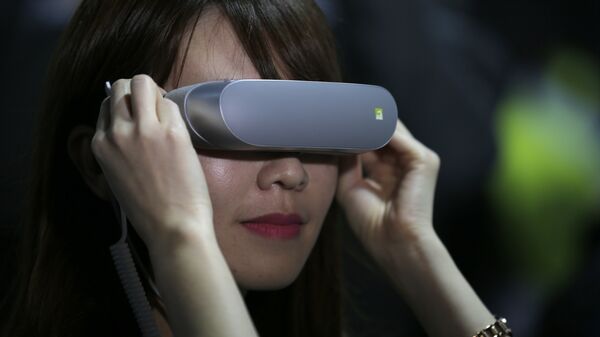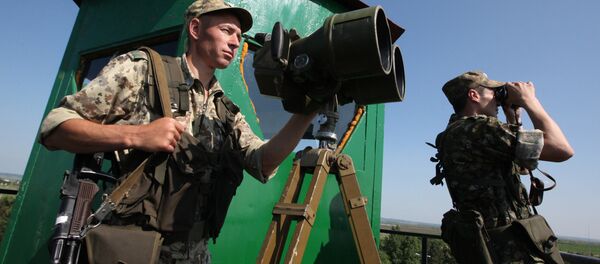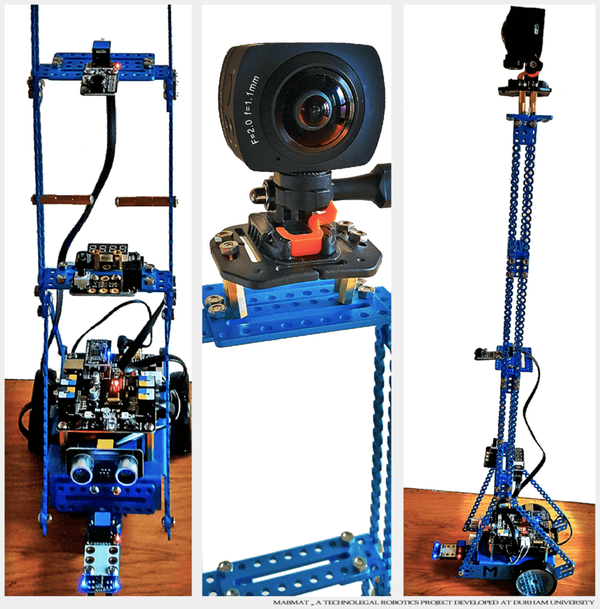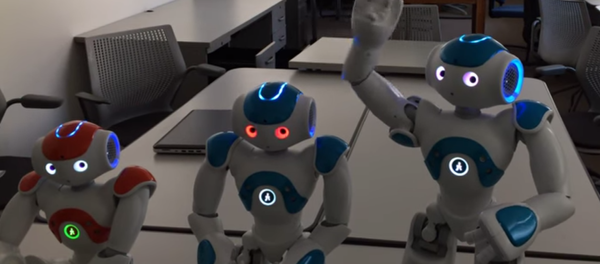Chowdhury and his colleagues are developing a virtual reality system that could capture immersive video footage of crime scenes.
A remotely operated system will make it possible to place judges and jurors in the middle of crime scenes without necessitating that they leave the courtroom.
"We have been thinking for a long time how we could actually virtualize a crime scene and how we tried to figure out how we could bring a crime scene to the court rather than jurors there," Chowdhury said, touting the new system's advanced high-definition video capability.
Also, he specifically pointed to the fact that the new system does not need a lot of costly processing power when operating.
"We tested our system on a common smartphone and if you look at the cost it is incredibly low. You can use the system on any kind of computer or smartphone because it's just video. You're not rendering anything, it's not the approximation of reality, it's the reality as it was on the day it was taken," he said.
Asked about what prompted him to start developing the new robotic system, Chowdhury referred to a series of high-profile files which can only be resolved when judges are provided with more information about a crime scene.
All you need to do to put the system into operation is to push a button, he said, adding that in a couple of months the new system is due to be tested in the presence of police, one of the primary clients to acquire the system, which he said is also of interest to filmmakers.
The system, which Chowdhury earlier said was inspired by NASA's Curiosity Mars rover, will take 360° videos and photos that can be played on any computer or smartphone with an appropriate app.
It doesn't require powerful devices, and it could capture the most accurate snapshot of the crime scene from every angle.
The system can be controlled via a Bluetooth remote, a smartphone or a tablet computer.
The past few years have seen the emergence of new technologies that enable crime scene investigators to capture and relay a much more immersive and representative picture of crime scenes as compared to photos and video.
These include the usage of 3D imaging, panoramic videography, robotics and virtual reality.
It is worth mentioning the researchers at Staffordshire University who used green screens, video game software and the latest virtual reality headsets (such as the Oculus Rift and HTC Vive) to reproduce virtual crime scenes digitally.




